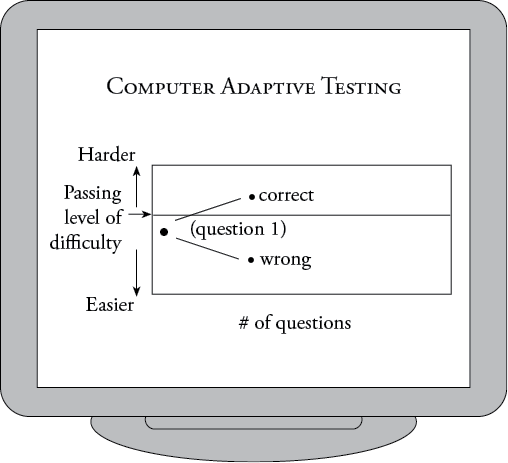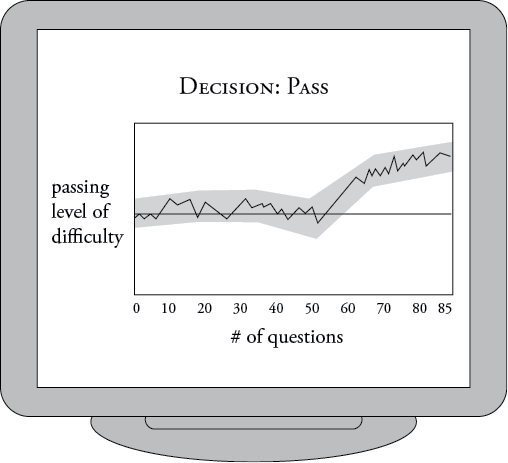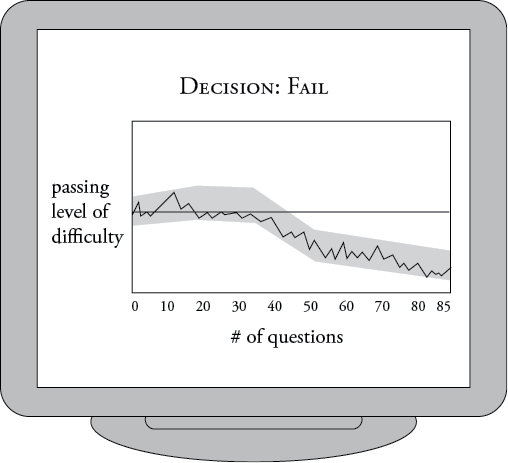
NCLEX-PN® stands for National Council Licensure Examination–Practical Nurse. The NCLEX-PN® examination is administered by the National Council of State Boards of Nursing (NCSBN), whose members include the boards of nursing in each of the 50 states in the United States, the District of Columbia, and four U.S. territories: American Samoa, Guam, the Northern Mariana Islands, and the Virgin Islands. These boards have a mandate to protect the public from unsafe and ineffective nursing care, and each board has been given responsibility to regulate the practice of nursing in its respective state. In fact, the NCLEX-PN® exam is often referred to as “the Boards” or “State Boards.”
The NCLEX-PN® exam has only one purpose: to determine if it is safe for you to begin practice as an entry-level practical/vocational nurse.
The NCLEX-PN® exam is prepared by the NCSBN. Each state requires that you pass this exam to obtain a license to practice as a practical/vocational nurse. The designation licensed practical/vocational nurse or LPN/LVN indicates that you have proven to your state board of nursing or regulatory body that you can deliver safe and effective nursing care. The NCLEX-PN® exam is a test of minimum competency and is based on the knowledge and behaviors that are needed for the entry-level practice of practical/vocational nursing. This exam tests not only your knowledge, but also your ability to make competent nursing decisions.
In order to define entry-level practice of practical/vocational nursing, NCSBN conducts a job-analysis study every three years to determine what entry-level nurses do on the job. The kinds of questions they investigate include: In which clinical settings does the beginning practical/vocational nurse work? What types of care do beginning practical/vocational nurses provide to their clients? What are their primary duties and responsibilities? Based on the results of this study, NCSBN adjusts the content and level of difficulty of the test to accurately reflect what is happening in the workplace.
It is not a test of achievement or intelligence. It is not designed for nurses who have years of experience. The questions do not involve high-tech clinical nursing or equipment. It is not predictive of your eventual success in the career of nursing. You will not be tested on all the content that you were taught in practical/vocational nursing school.
CAT stands for Computer Adaptive Test. Each test is assembled interactively based on the accuracy of the candidate’s response to the questions. This ensures that the questions you are answering are not “too hard” or “too easy” for your skill level. Your first question will be relatively easy; that is, below the level of minimum competency. If you answer that question correctly, the computer selects a slightly more difficult question. If you answer the first question incorrectly, the computer selects a slightly easier question (Figure 1). By continuing to do this as you answer questions, the computer is able to calculate your level of competence.

In a CAT, the questions are adapted to your level of ability. The computer selects questions that represent all areas of nursing, as defined by the NCLEX-PN® test plan and by the level of item difficulty. Each question is self-contained, so that all of the information you need to answer a question is presented on the computer screen.
There is no time limit for each individual question. You have a maximum of five hours to complete the exam, but that includes the beginning tutorial, an optional 10-minute break after the first two hours of testing, and an optional break after an additional 90 minutes of testing. Everyone answers a minimum of 85 questions to a maximum of 205 questions. Regardless of the number of questions you answer, you are given 25 questions that are experimental. These questions, which are indistinguishable from the other questions on the test, are being tested for future use in NCLEX-PN® exams, and your answers do not count for or against you.
Your test ends when one of the following occurs:

Try not to be concerned with the length of your test. In fact, you should plan on testing for five hours and seeing 205 questions. You are still in the game as long as the computer continues to give you test questions, so focus on answering them to the best of your ability.
Remember, every question counts. There is no warm-up time, so it is important for you to be ready to answer questions correctly from the very beginning. Concentration is also key. You need to give your best to each question because you do not know which one will put you over the top.
